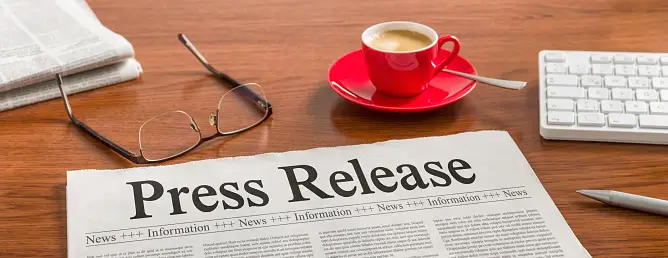In crafting future press releases, it’s pivotal to nurture symbiotic relationships with media outlets. This involves understanding their audience, content preferences, and deadlines to ensure mutual benefits. Tailoring content that resonates with their readers enhances the likelihood of coverage, while respecting journalists’ time constraints fosters goodwill. Engaging with media professionals on social platforms and at industry events can deepen these relationships. Transparency and prompt responses to inquiries further solidify trust. By providing exclusive insights or early access to information, companies can position themselves as valuable sources, encouraging repeated engagement and coverage in future narratives.
Maintaining media relationships is crucial for the success of future
press releases. A strong relationship with the media can lead to more coverage, better placement, and a more favorable portrayal of your news. Below is a comprehensive guide on how to cultivate and maintain these relationships, structured with headings for clarity.
Understanding Media Relations
Definition and Importance
Media relations involve building and maintaining a mutually beneficial relationship with journalists, editors, and influencers in the media industry. These relationships are essential for ensuring your press releases and news stories are given attention and are distributed to your target audience effectively.
The Media Landscape
Understanding the media landscape, including traditional outlets like newspapers and TV and digital platforms like social media and blogs, is crucial. Each platform has its own dynamics, audience, and requirements.
Building Initial Media Contacts
Researching Relevant Media Outlets
Identify which media outlets are most relevant to your industry and audience. Look for journalists who cover topics related to your business or industry.
Making the First Contact
Initial contact should be personalized and relevant. Introduce yourself and your organization, and explain why your content might be relevant to them. Avoid mass emails and generic pitches.
Effective Communication
Crafting Compelling Press Releases
Your press releases should be newsworthy, well-written, and relevant to the media outlet’s audience. Include all necessary information, such as the who, what, when, where, why, and how of your story.
Personalized Pitches
Tailor your pitches to each journalist or media outlet. Show that you understand their work and audience, and explain why your story is relevant to them.
Building and Maintaining Relationships
Consistency and Reliability
Be consistent and reliable in your interactions. Deliver on promises, provide accurate information, and meet deadlines.
Value Beyond Press Releases
Offer value beyond just press releases. This can include exclusive interviews, expert insights, or original research.
Engaging with Media on Social Media
Active Social Media Presence
Maintain an active presence on social media platforms where journalists and media outlets are active. Engage with their content thoughtfully.
Direct Engagement
Use social media to directly engage with journalists and media outlets. Share their content, respond to their posts, and participate in relevant conversations.
Monitoring and Responding to Media Coverage
Media Monitoring
Keep track of where and how your business is mentioned in the media. Use media monitoring tools to stay updated.
Acknowledging Coverage
Acknowledge and thank journalists and media outlets for their coverage. A simple thank you can go a long way in building goodwill.
Continuous Improvement and Feedback
Soliciting Feedback
Ask for feedback from your media contacts on your press releases and pitches. Use this feedback to improve future communications.
Adapting to Changes
Be adaptable to changes in the media landscape and the preferences of your media contacts. Stay informed about new platforms, trends, and best practices.
Networking and Relationship Building
Media Events
Attend media events, conferences, and workshops to network with journalists and media professionals in person.
Building a Media Network
Cultivate a network of media contacts. Introduce them to each other where appropriate and help facilitate media coverage within your network.
Crisis Management
Preparing for Negative Coverage
Be prepared for negative coverage or a media crisis. Have a crisis communication plan in place and maintain good relationships with your media contacts to manage such situations effectively.
Transparent and Timely Communication
In the event of a crisis, communicate transparently and promptly with your media contacts. Provide clear and accurate information to help manage the narrative.
Conclusion
Maintaining media relationships is an ongoing process that requires consistent effort, adaptability, and a genuine interest in creating mutually beneficial interactions. By following these guidelines, you can establish and maintain strong media relationships that will enhance the visibility and impact of your future press releases.
click
here to visit website



